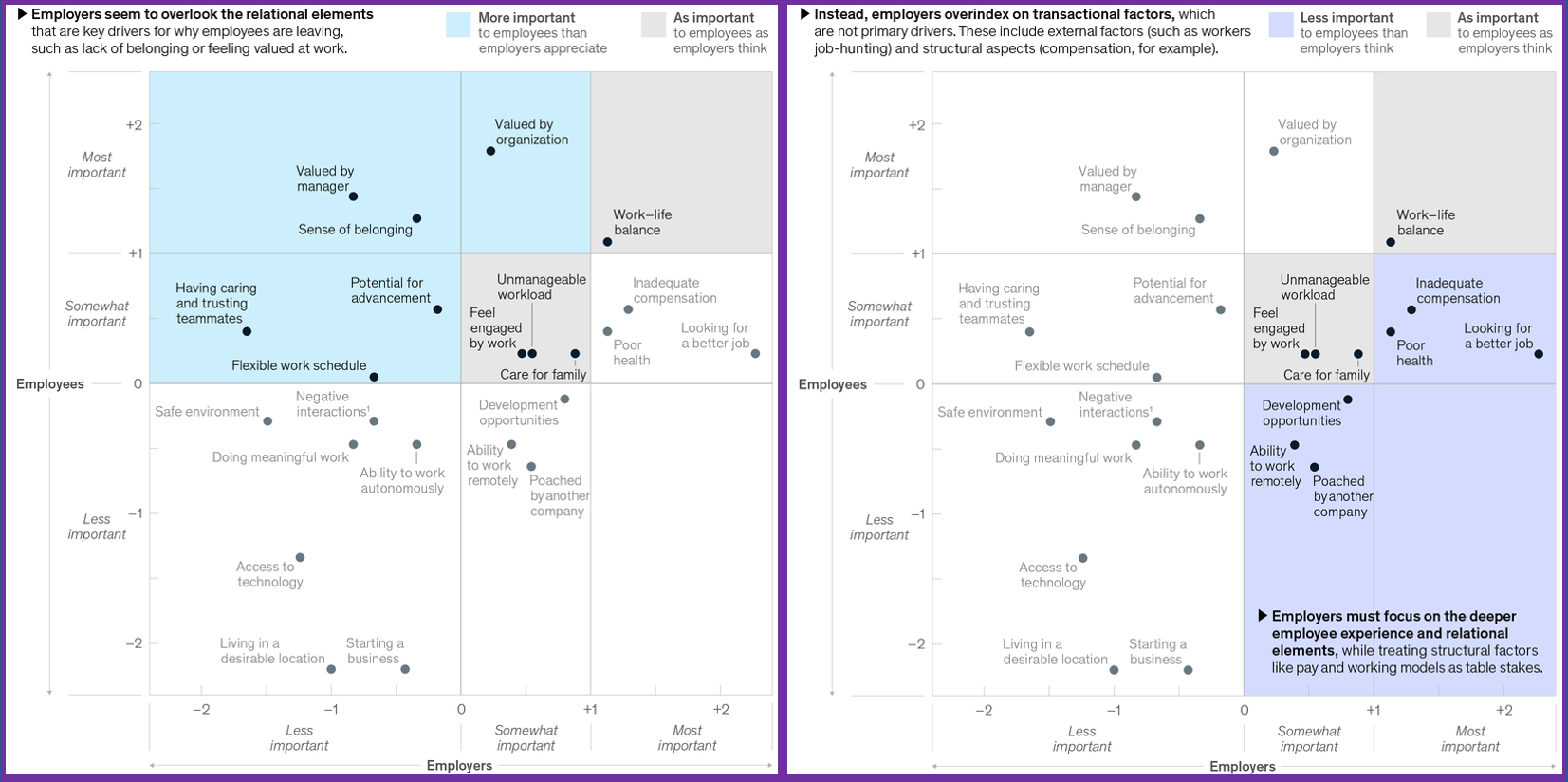Recently I’ve been involved in more and more conversations about Diversity, Equity and Inclusion, and particularly where “training” comes into play in an organisation’s DE&I strategy. Every one of these conversations is extremely valuable, interesting and enlightening, and each has arrived at a similar wrangle about what the training would, could or should look like.
As a learning solutions provider, we are often asked by our clients about DE&I training and we have been able to respond in part. But we’ve been conscious that a solid DE&I culture will never be brought about by rolling out some learning courses. The reasons for this are many, but the fact that we’re understanding and appreciating the wide-ranging and varied nature of those reasons is hope, in itself, that we’re on a path to better supporting DE&I initiatives.
The change in ways of working over the last number of months has forced many companies to change their attitudes towards DE&I. Where before, the word ‘inclusion’ for many was related to race, colour, religion, ability, etc. it is now just as much about ensuring the proactive inclusion of remote workers, and workers with the competing demands of home-schooling and other new family, home, health, wellbeing and lifestyle priorities.
With remote working becoming much more normal, people now have more choice in who they work for and can have a longer wish-list for a new job. The EVP (Employee Value Proposition) has therefore more value, and a demonstrably strong DE&I culture figures highly on many people’s checklist. A recent McKinsey article - ‘Great Attrition’ or ‘Great Attraction’? The choice is yours - demonstrated the disconnect between the factors that employees think are important, versus what employers think are important; notably the employee importance rating of a “sense of belonging” and “having caring and trusting teammates”. (https://www.mckinsey.com/business-functions/people-and-organizational-performance/our-insights/great-attrition-or-great-attraction-the-choice-is-yours)

This rise in awareness has been necessary and positive. It has been a wake-up call of sorts to organisations that struggled to see the relevance and importance of a diverse and inclusive mindset, and an affirmation to other organisations with a strong focus on DE&I that their efforts in that space were right and fitting, and of huge value.
But back to the training and where it should fit.
What’s ultimately clear is that the approach to training should be no different to that taken for any training. The decisions should be rooted in addressing a clear need in line with specific company goals, which necessitates carrying out some discovery to establish what needs to improve, for whom, and to what end. Which is why the purchase of some DE&I training courses alone will not work and is, dare I say, a lazy and primitive option.
Our TCEG sister communications agency, Forty1, is spearheading a DE&I Centre of Excellence. The CoE is designed to help a client – large or small – to navigate the DE&I landscape as is relevant to its particular size, shape and ambition. Knowing that a successful approach to good DE&I is based on understanding, shaping and measuring human behaviour, our TCEG CoE can help develop a strategy that draws in all the strands of an organisation needed for success. The key steps in the process are:
- Listening to employees – from top to bottom of the organisation, so that employees can be part of defining the changes needed, the barriers to overcome and the behaviours to trigger
- Strategy and communications – creating the right plans, content, interventions and surrounding narratives that will create a sustainable change
- Learning and capabilities – providing and developing programmes that support leaders and employees in achieving the defined goals
So, no “training” until Phase 3 above.
What’s so valuable about this approach is the confidence an organisation will have in knowing that when it comes to decisions about what learning interventions to put in place, it knows these will be the right ones and will have an impact. The learning will be directly relevant to the organisation’s own authentic goals. The process will have involved specialist thinking in employee engagement, behavioural science, communications, learning science, and DE&I itself. These interventions can start small and grow; they can target different levels of need; they can come in different forms and can flex and change for the times and the challenges.
That’s the sort of learning that all employees deserve.
For more information about our DE&I Centre of Excellence, or to talk about supporting your DE&I ambitions, please contact us.






Was this article helpful?